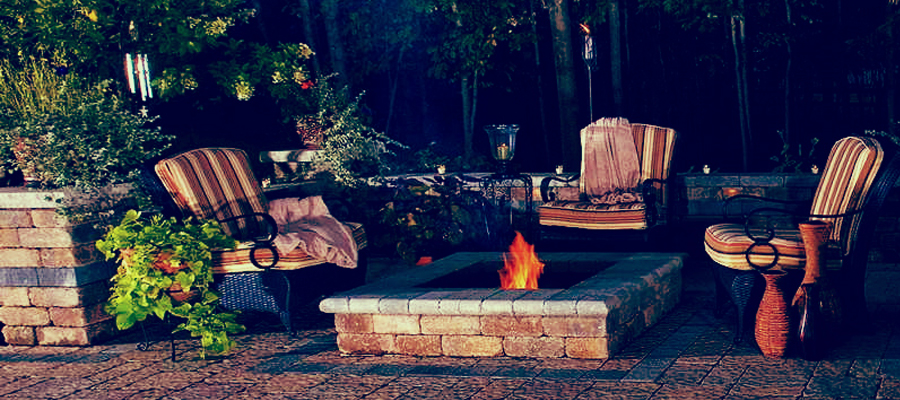Science is fun and exciting, which is why science fiction stories and movies are so cool. While understanding science can be a little intimidating, science projects can make learning how things work and why they work as they do a lot less scary.

illustration by Hurca!
Not everyone has the education, skills, space, or equipment to do complex experiments, but you can do experiments at home using household items. Let's take a look at a few easy science experiments you can do at home that are fun, kid-friendly, and educational.
Rainbow in a Glass
The key thing to keep in mind about science projects is that they have to be fun and interesting while providing an educational experience at the same time. The rainbow in a glass experiment uses density to produce a rainbow in a glass by adding sugar to a liquid, which causes the solution to become denser.

Start by adding different amounts of sugar to four different solutions, each of a different color.
Combine the four solutions of varying colors and densities in a separate glass container. The colors will layer on top of one another, with the densest solution on the bottom and the lightest on the top, creating a rainbow in a glass.

Homemade Slime
Some science experiments are more fun than educational. Making homemade slime is one of those science projects that's a lot of fun but more fun to play with. This experiment uses white school glue, borax, food coloring, and water. Making basic slime at home is simple. Here's how to make basic slime.
- In one bowl, mix ¼ cup of water and ¼ cup of white school glue. Add food coloring for color.
- In another bowl, mix ½ tbs Borax with ½ a cup of water. Stir the mixture until the borax has dissolved.
- Combine the borax solution with the glue solution and mix well. The slime should begin to take form almost immediately.
Turn Milk Into Plastic
Learning how everyday household items and other materials are made is fun as well as educational. This experiment will teach you how to turn milk into plastic. To turn milk into plastic, you'll need the following:
- 1 cup of milk
- Stovetop and pan or microwave and microwaveable container
- Thermos or another insulated container
- Heat-resistant cup or mug
- 4 tsp white vinegar
- Paper towels
Before you begin this experiment, it's fun to ask the kids to grab different types of plastic from around the house to use as examples. Once that's done, you can begin the science project.

Here are the steps:
- Add four teaspoons of white vinegar to the heat-resistant mug.
- Have a grown-up heat 1 cup of milk until steaming using the stove or microwave.
- Pour the hot milk into a thermos.
- Add the hot milk from the thermos to the mug with the vinegar.
When you add the hot milk to the vinegar, the milk will form white clumps or curds.
- Slowly stir the mug of hot milk and vinegar with a spoon.
- Scoop out the curds once the milk and vinegar mixture has cooled.
After you collect as many curds as possible, place them on the paper towels to dry. Once dry, you can knead the curds together to form your plastic ball.
You can shape and color your plastic into designs while it's still wet. After you shape and color, let the plastic sit for about 48 hours until it hardens.
When creating most plastics, synthetic chemicals are the primary ingredients, but this experiment demonstrates that some plastics can be made using natural ingredients. It goes without saying that you shouldnt try these experiments without adult supervision.
Places like Adobe Education Exchange act as a good resource for learning about science and science experiments. Using their knowledge and expertise as a foundation for learning and teaching is an excellent way to get kids interested in science, history, math, geography, and other subjects.
















